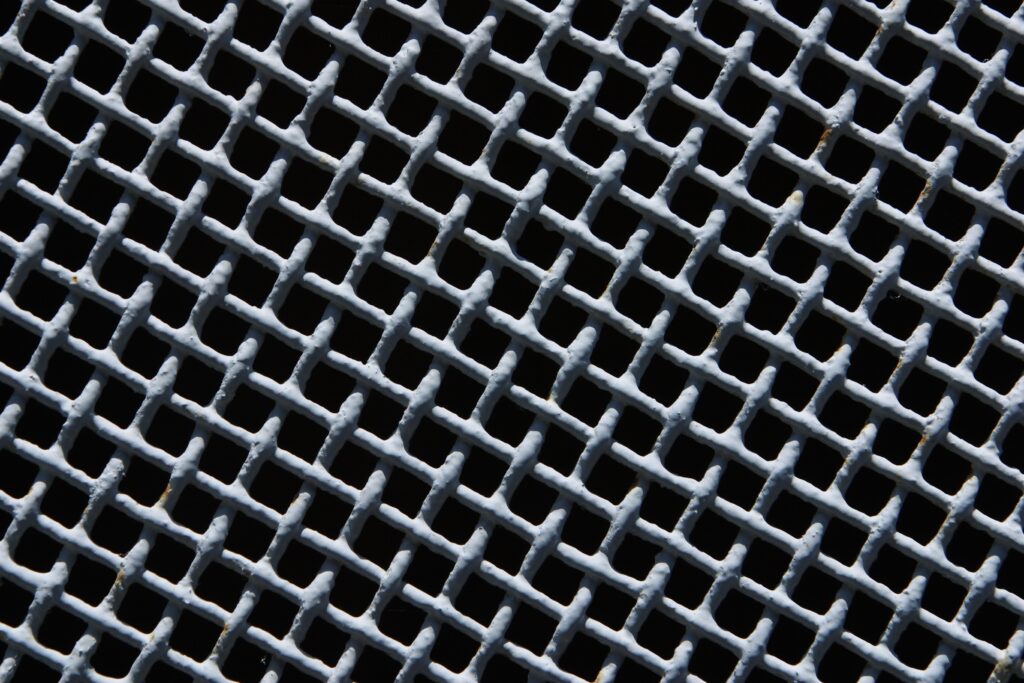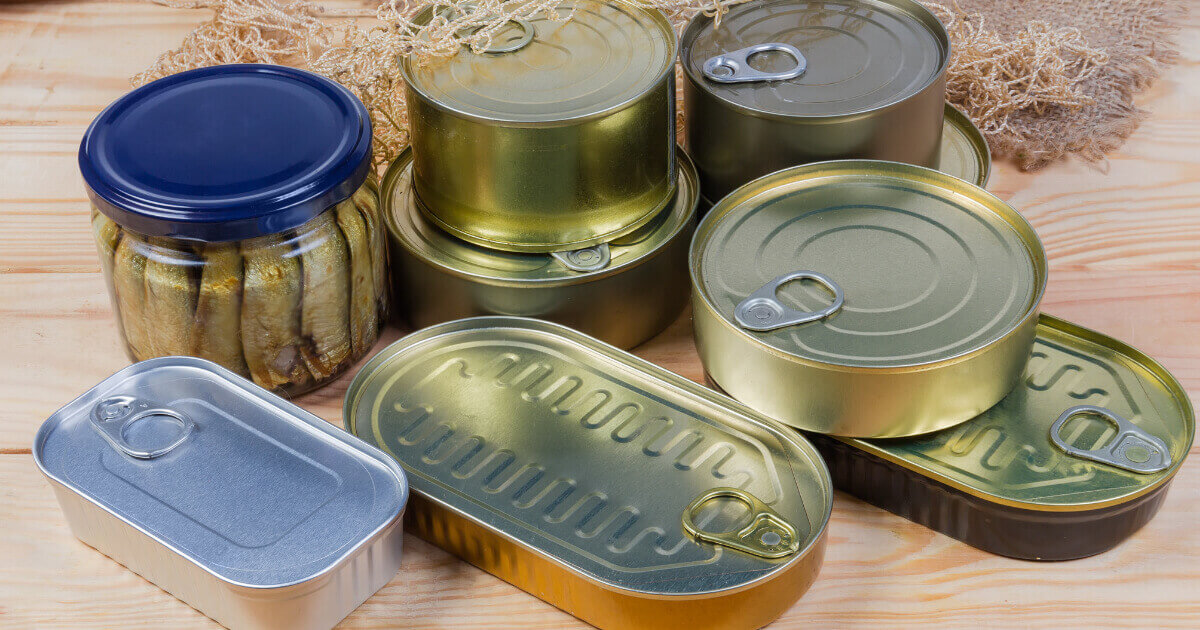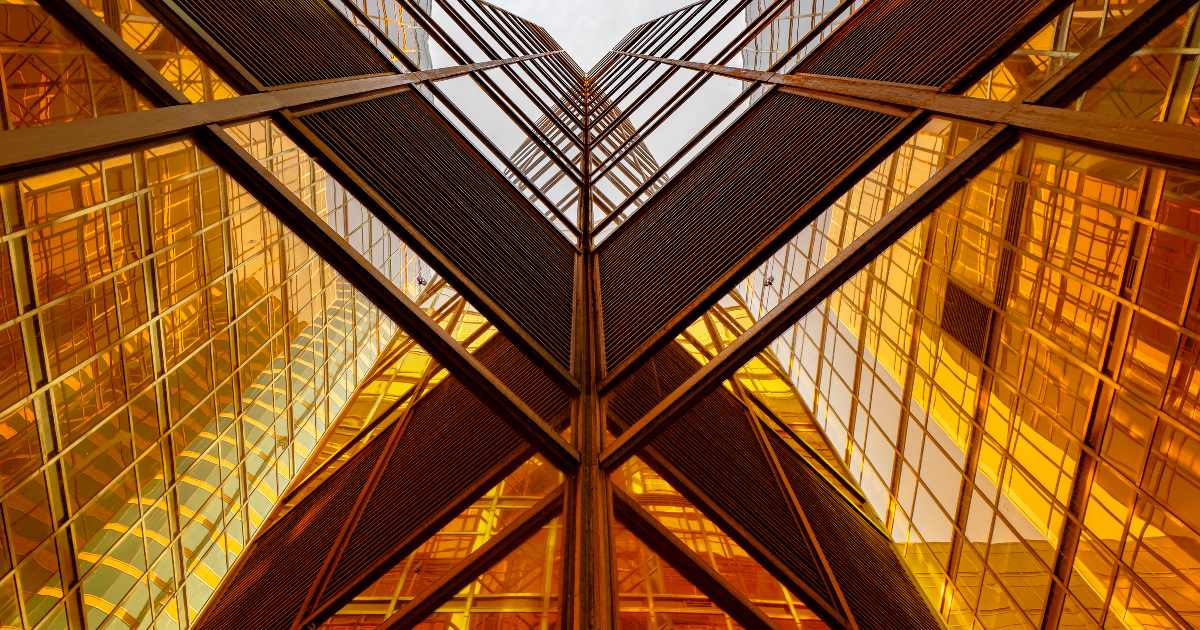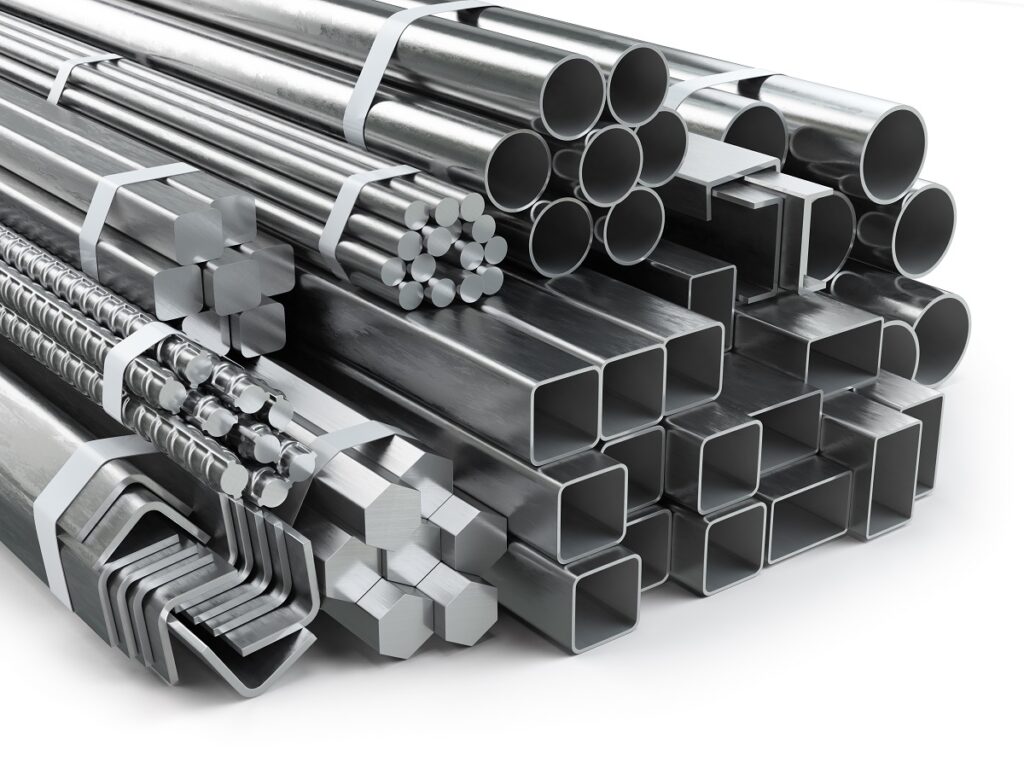Steel is a material that most people come into contact with every day without even realizing it. Steel is an essential part of modern life. Based on steel facts, from the cars we drive to the appliances we use in our homes. Its versatility and strength make it one of the most commonly used materials in construction, manufacturing, and engineering.
But what exactly is steel? In its simplest form, steel is an alloy made from iron and carbon. It can also be combined with other materials, such as chromium, nickel, and manganese, to create different types of steel with specific properties. Steel’s strength and durability are ideal for various applications, from bridges to surgical instruments.
1. Tiny Lifeforms

Steel, renowned for its strength and durability, harbors a secret world teeming with microscopic life. Certain bacteria and tiny organisms thrive within the depths of steel pipes and structures, engaging in a fascinating process known as microbiologically influenced corrosion (MIC). In addition, these microorganisms can metabolize iron, initiating chemical reactions that gradually weakening the steel over time. This hidden ecosystem, invisible to the naked eye, significantly impacts the longevity and maintenance of steel structures. By unraveling the mysteries of this microscopic world, we gain a deeper appreciation for the intricacies involved in preserving the integrity of steel
2. Self Healing

Regarding resilience, few materials can rival the self-healing capability of specific steel variants, notably weathering steel or COR-TEN steel. These exceptional types of steel possess a unique ability to develop a stable, rust-like appearance over time when exposed to the elements. This process, known as oxidation, forms a protective coating on the steel’s surface.
The remarkable aspect of this protective coating is its self-healing nature. The rust-like layer regenerates if the steel is scratched or damaged. This means that when the damaged area is exposed to moisture and air, the steel initiates a reaction that restores the protective layer, effectively sealing off the damaged spot. As a result, the self-healing property of weathering steel and COR-TEN steel plays a crucial role in preventing further corrosion and maintaining the material’s structural integrity.
3. Ancient Steel

The history of steel spans thousands of years, with its origins dating back around 4,000 years. It is fascinating to discover that even in ancient times, civilizations were experimenting with materials that resembled steel. In East Africa, as early as 1400 BC, a precursor to steel was being produced. The advanced metallurgical techniques employed by these early civilizations allowed them to create a material with properties similar to steel, showcasing their remarkable understanding of metals and their manipulation.
From then on, steel became essential in various industries, revolutionizing architecture, transportation, weaponry, and countless other aspects of human civilization. Reflecting on the ancient origins of steel reminds us of the long-standing relationship between humans and this remarkable alloy and the continuous pursuit of knowledge and innovation in metallurgy.
4. Edible Steel
Regarding the relationship between steel and our food, you might be surprised to learn that steel plays a role in our diet indirectly and somewhat unintentionally. One of the methods used to fortify cereals with iron involves the addition of minuscule particles of elemental iron, a fundamental component of steel. These tiny iron particles are incorporated into cereal products to enhance the dietary iron intake of consumers.
While the thought of consuming steel may sound unappetizing, it is nice to note that these iron particles are carefully processed and do not harm our health. This innovative approach to fortification has proven to be an effective strategy in addressing iron deficiency and promoting better nutrition.
5. Art of Steel

Steel transcends its utilitarian purposes and finds its way into art, becoming a medium of expression and creativity. Artists and sculptors worldwide have embraced steel for its unique properties, incorporating it into their masterpieces. From towering sculptures that grace public spaces to intricate installations that captivate viewers, stainless steel has become famous for artists seeking durability and aesthetic allure.
The versatility of steel allows artists to bring their visions to life in ways that other materials may not afford. Consequently, its strength and malleability enable the creation of intricate designs, while its ability to withstand the elements ensures that the art will endure for years. The reflective surface of stainless steel adds an additional dimension to the artwork, playing with light and reflections to create captivating visual experiences.
6. Lifespan of a Steel

The lifespan of steel can extend far beyond its initial purpose. When a steel can is not recycled, it lingers in the environment for over a century, resisting decomposition and enduring through the passage of time. Its sturdy structure and resistance to corrosion allow it to persist, serving as a reminder of our consumption habits and the impact of our choices. The longevity of steel can serve as a stark reminder of the importance of responsible waste management and recycling, highlighting the need to minimize our environmental footprint and embrace sustainable practices.
The steel can silently endure throughout its extended lifespan, a silent witness to the passing of generations and the evolving landscape. Moreover, it serves as a call to action, urging us to reconsider our disposable culture and embrace a more mindful approach to consumption. By acknowledging the enduring presence of the steel can, we are prompted to seek solutions that ensure its proper disposal, recycling, and preservation of our environment for future generations.
7. Flexible Skyscrapers

In architecture and engineering, steel plays a pivotal role in creating skyscrapers that can withstand the forces of nature. These towering structures, reaching for the sky, are often constructed with steel frameworks that provide strength and flexibility. Designed to sway gracefully in the face of strong winds, these skyscrapers harness the inherent properties of steel to protect themselves from potential damage.
Steel’s ability to provide strength and flexibility proves essential in a world where tall buildings have become architectural marvels. Furthermore, by embracing the concept of flexibility in skyscraper design, steel enables the creation of structures that can withstand the forces of nature while captivating our imagination. These flexible skyscrapers are a testament to the harmonious integration of technology, engineering, and creativity, showcasing steel’s profound impact on our urban landscapes.
8. Shipbreaking

Shipbreaking is a critical process in the lifecycle of ships. It ensures that the valuable steel they contain can be recycled and repurposed. Old ships, weighing tens of thousands of tons, undergo meticulous dismantling to extract the steel components. This practice is a significant source of steel recycling, contributing to the sustainability and resource efficiency of the steel industry.
Shipbreaking yards have specialized machinery and skilled labor to disassemble these massive vessels. They carefully separate the steel plates, beams, and other components for recycling. Moreover, the extracted steel undergoes rigorous processing to transform it into new products, including cleaning, melting, and reshaping. The shipbreaking industry reduces the demand for virgin steel production and minimizes the environmental impact of extracting raw materials.
9. Nanosteel
In materials science, researchers are delving into “nano steel.” It is a fascinating area of study that focuses on manipulating the atomic structure of steel at the nanoscale. By harnessing the power of nanotechnology, scientists are unlocking the potential to create steel materials with extraordinary properties. These innovative forms of nano steel exhibit strength levels that can surpass traditional structural steel several hundred times.
Exploring nano steel opens up exciting possibilities for various industries, including aerospace, automotive, and construction. Furthermore, developing nano steel materials with exceptional strength-to-weight ratios can lead to lighter, fuel-efficient vehicles and resilient structures. As researchers continue to delve deeper into the realm of nano steel, the potential for creating advanced materials is vast. It paves the way for groundbreaking innovations in steel engineering.
10. Steel Foam

Steel foam has emerged as an intriguing innovation in advanced materials. This unique material incorporates air pockets into the metal structure, producing a lightweight yet robust material with enhanced properties. By integrating air voids within the steel matrix, steel foam significantly reduces weight while maintaining strength and durability. This makes it an attractive option for various industries, particularly automotive and aerospace.
The lightweight nature of steel foam offers benefits. It includes improved fuel efficiency in vehicles and increased payload capacity in aerospace applications. Additionally, the foam structure of steel provides excellent heat and impact resistance. This is due to the presence of air pockets within it. This makes it suitable for use in safety components and structural elements. Researchers and experts continue to explore steel foam’s versatility and potential applications. Ongoing research and development focuses on optimizing its properties and expanding its range of uses.
Wonder of Steel
Steel is an indispensable material that permeates our daily lives, contributing to strength, durability, and innovation in numerous industries. It continues to evolve and surprise us with its remarkable properties and applications. Moreover, whether it’s the hidden world of microbiologically influenced corrosion or the self-healing capabilities, steel unveils many fascinating aspects that will captivate your curiosity. It’s been around for thousands of years and is still fascinating. (Sorry, I couldn’t help myself).
As we delve into the world of steel, we discover its rich history, remarkable properties, and wide-ranging applications. Finally, steel’s enduring legacy as a versatile, durable, and sustainable material is a testament to human ingenuity.
Our Locations
Get a Quote Now
